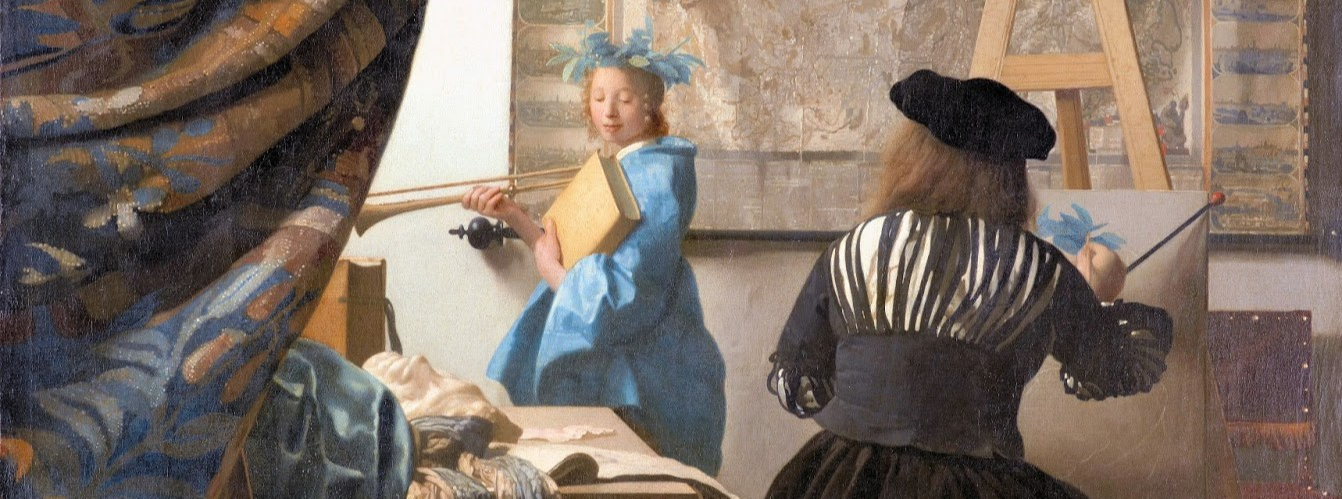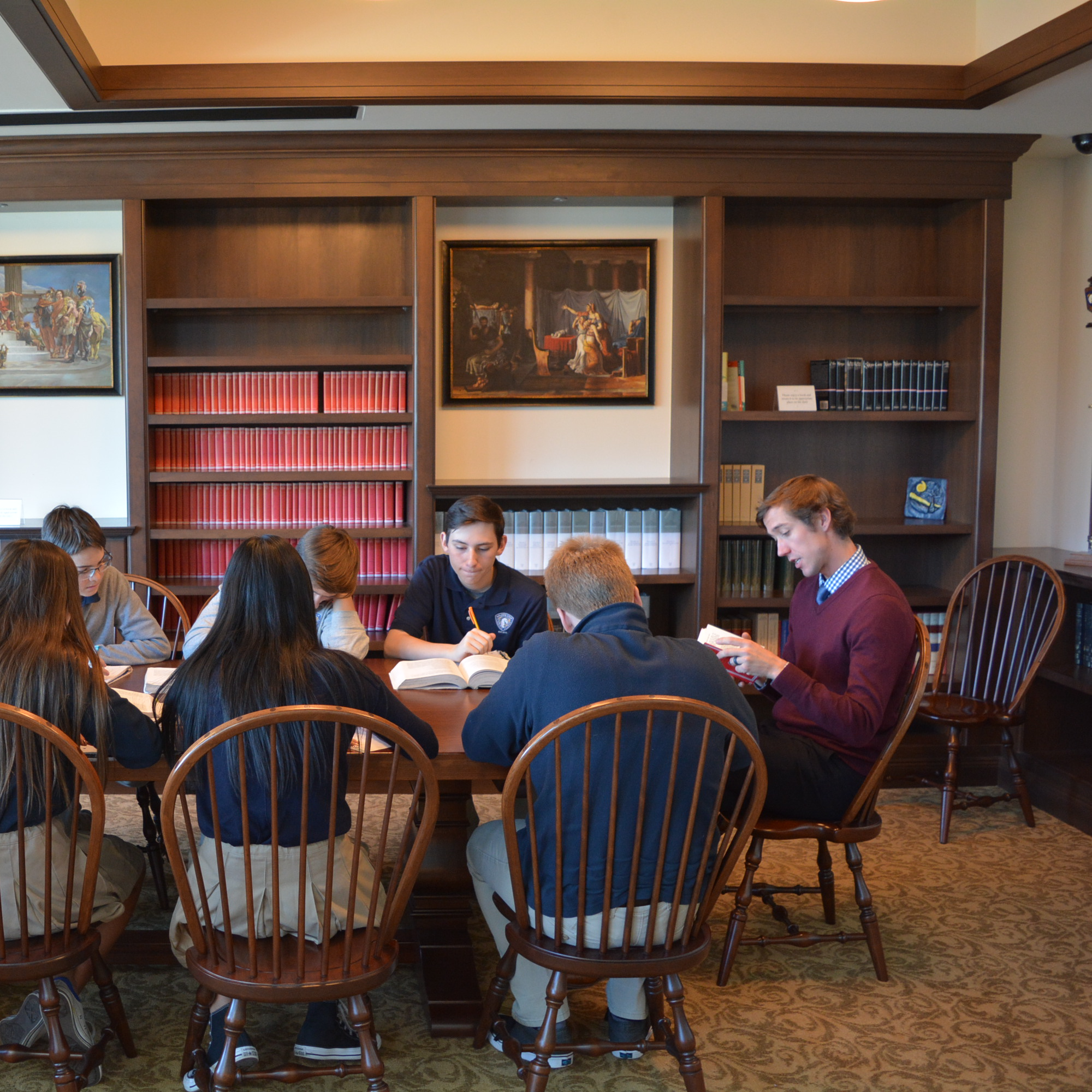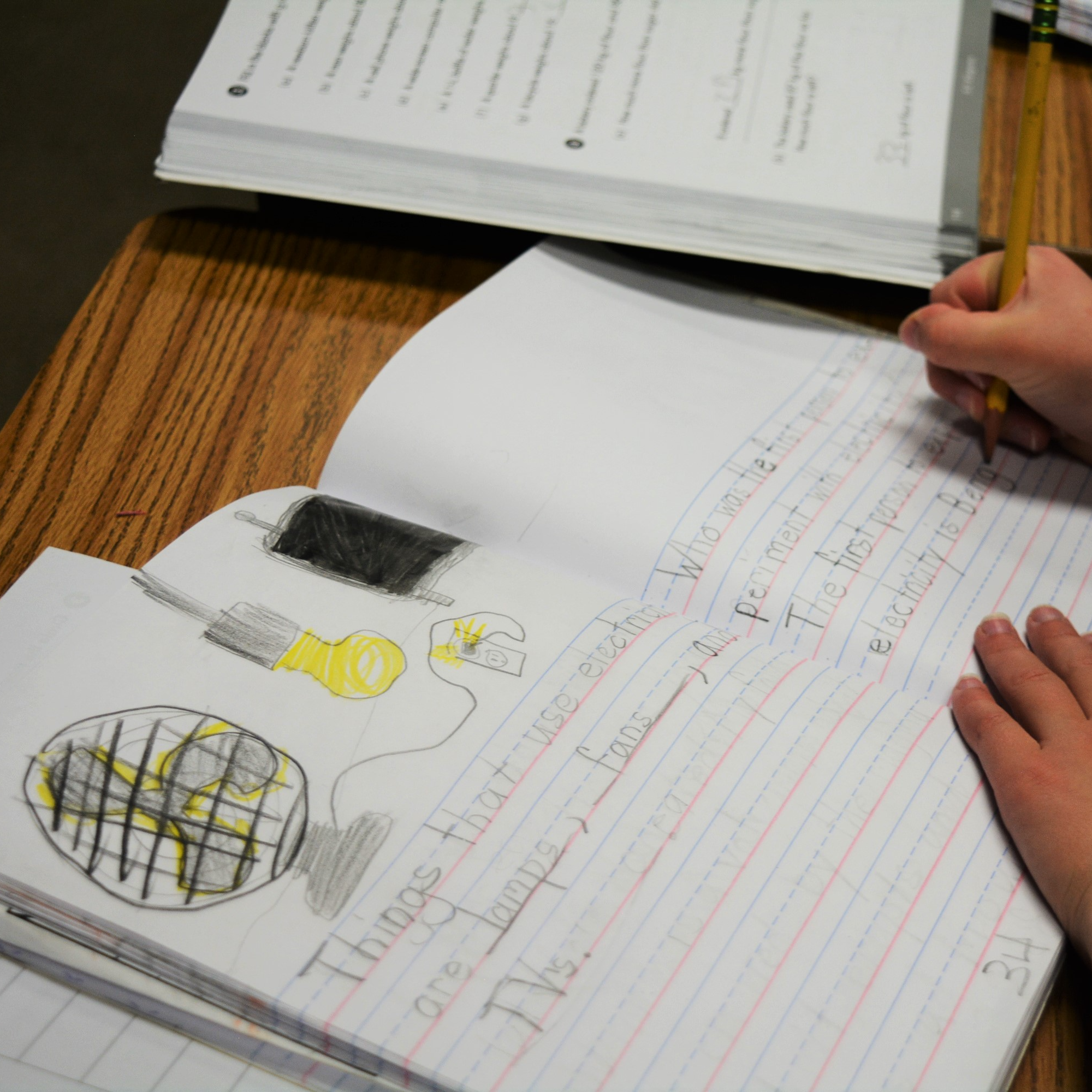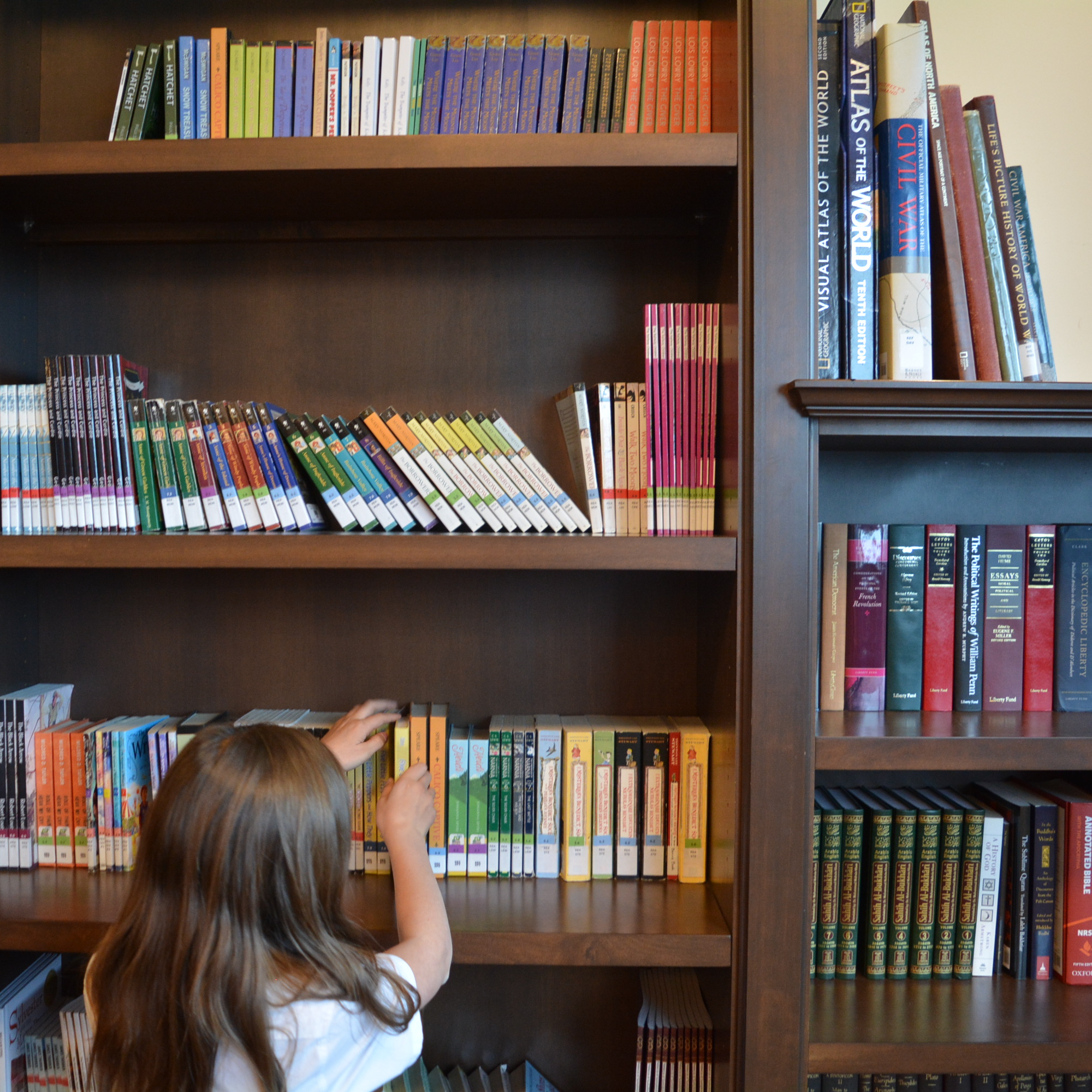January 2022
Dear Friend of Golden View Classical Academy,
Mr. Petersen, our Assistant Principal, and I were recently in the atrium greeting students for the day. It’s a groggy time, both of the day and in the year, but nothing a half-dozen cups of coffee can’t temporarily fix. While we were chatting, we noticed a Kindergarten student come to a full stop by one of the large paintings in the atrium and stare at it for ten to fifteen seconds. The painting was Washington Crossing the Delaware, which is hung next to six others as representative of the school’s core virtues. Mr. Petersen and I watched and waited to see what he would do, but after a spell he simply turned and walked to class.
I wonder if he was making up his own stories about it – making an image in his mind of what it must have been like on the river. Perhaps he was merely looking at the colors. Maybe, like many others on a cold January morning, he was still half-asleep and needed a moment before taking the plunge for the day. It’s impossible to say, of course, but we can say that the art struck him, and that it was good art that did so.
It reminded me of another conversation I overheard in our High School painting class recently. A student remarked that in its current state, her painting was dull and made her feel down. The teacher said, more or less, “well, yes, it is, but that is because you are blocking your colors at this point, and it’s all dark. Be patient at this phase. When you add the highlights and depth, you’ll come out of it and see really what it is.” I thought that was lovely - the student’s vulnerability, the opportunity for direct instruction on art, and the teacher’s sensitivity to how the work itself affects what we do and feel and think.
Classical art, both the study and the practice, engages us with beauty and therefore shapes our tastes. This is not a precise thing, as if certain paintings at the right time do something predictable. The beauty comes in the random encounter: the moment you see a painting for the first time as a child and play with it in your mind, or take a breath from your work and realize that it is changing your emotions as you do it, and then use tools you have to emerge from it.
In many schools today, the classrooms and hallways are cluttered with color explosions and hastily made “posters.” Or, alternately, they are bare and lifeless, as if any decoration at all would be a distraction. It would be too cheap to say that we perfectly navigate those extremes, but fair to say, I think, that the right kind of art to see and do improves our souls. Both the Kindergarten student and High School student experienced that in different ways, and we didn’t need to strive after being artificially appealing or relevant to make it happen. The paintings simply are relevant and lovely, and cause the souls of our students to respond in unique and random ways. That is truly something to admire.
Sincerely,
Dr. Garrow
Principal, Golden View Classical Academy






